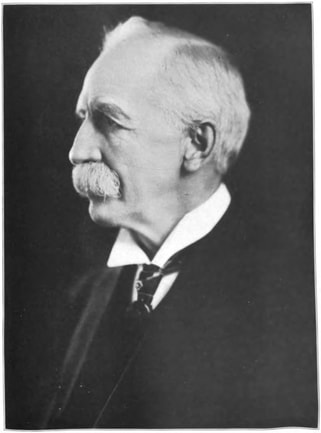Connell Park
The Connell Family's Influence
Mr. William Connell, born in Nova Scotia in 1825, moved to the Pennsylvania coal fields in his youth and began his career driving a coal wagon. Illiterate, he married a woman of great character named Annie Laurence, who taught him to read and write. Their extreme frugality and industrious careers enabled them to purchase the coal company for which Connell had worked during the decade following the Civil War. From there, Connell branched into other activities, establishing a huge button manufacturing plant, and finally serving in the U.S. House of Representatives, and seeking, unsuccessfully, the Republican nomination for Governor of Pennsylvania in 1902.
Connell purchased the 400-acre Lacawac estate, which he called Connell Park, in 1902-1903. Establishing the first of the "second homes" in the Wallenpaupack basin, Connell set a standard of style and comfort unique to the neighborhood. The lodge boasted indoor plumbing with hot and cold running water, central heating, and a walk-in cooler supplied with ice cut from Lake Lacawac in winter and stored in the ice house.
The main lodge, with rustic trimmings and Mission oak furnishings, was paneled throughout with southern yellow pine. The large living- and dining rooms with fireplaces, kitchen, pantry provided a gracious setting for living and entertaining. At the lake's edge were a spring house, a boat house, and a pump house containing a one-cylinder steam pump (which was fired up weekly to fill a big water tank in the lodge with lake water, in order to supply the house with water by gravity flow). Behind the house was a coachman's house in which carbide gas was generated for gas lighting in the lodge. In back of the ice house were a woodshed, and a privy (without running water) for the help. The ice house and the large two-story carriage house stood at the end of the road.

